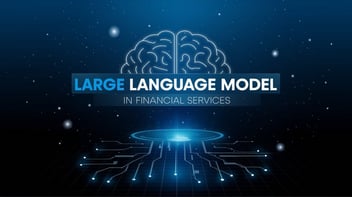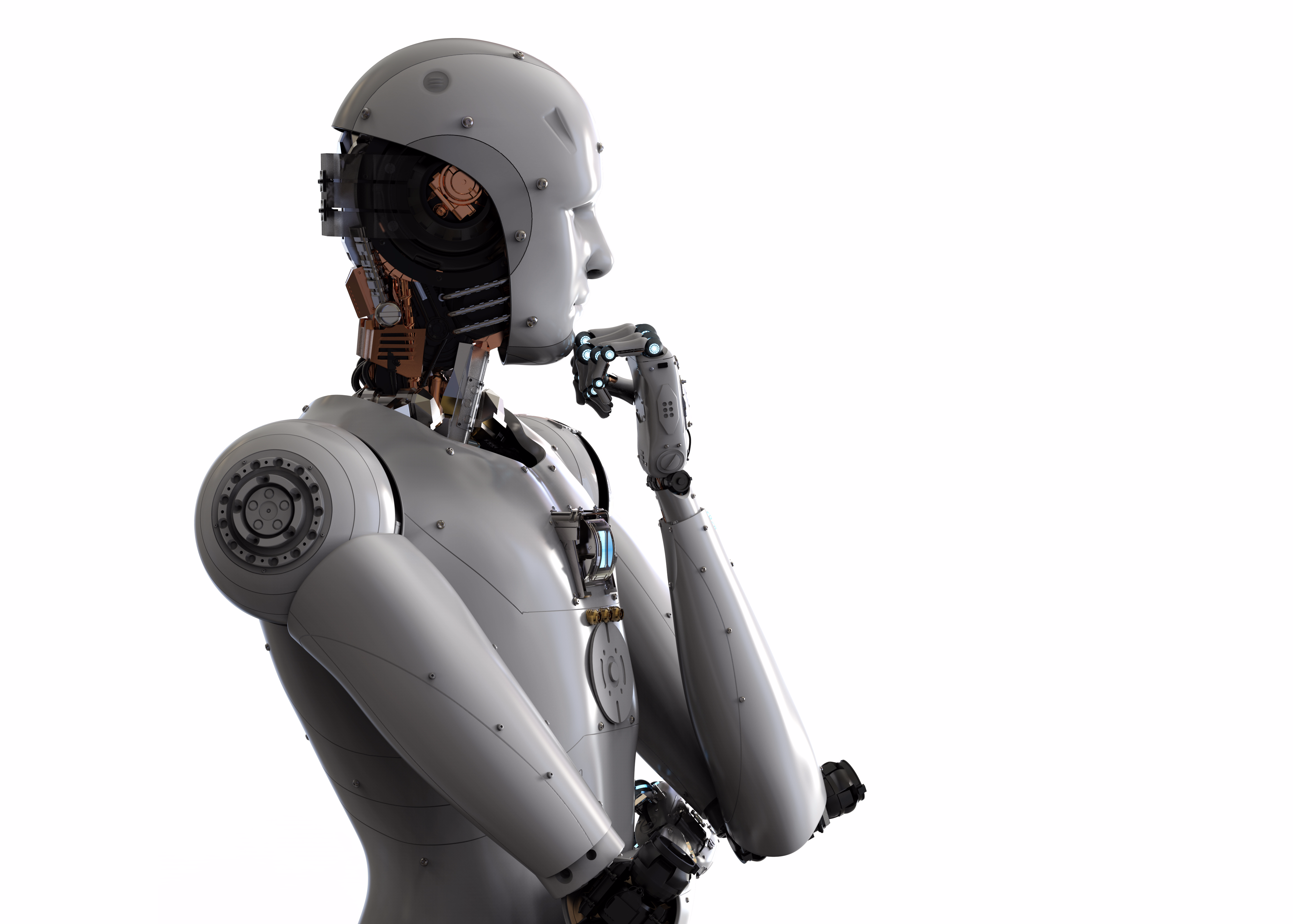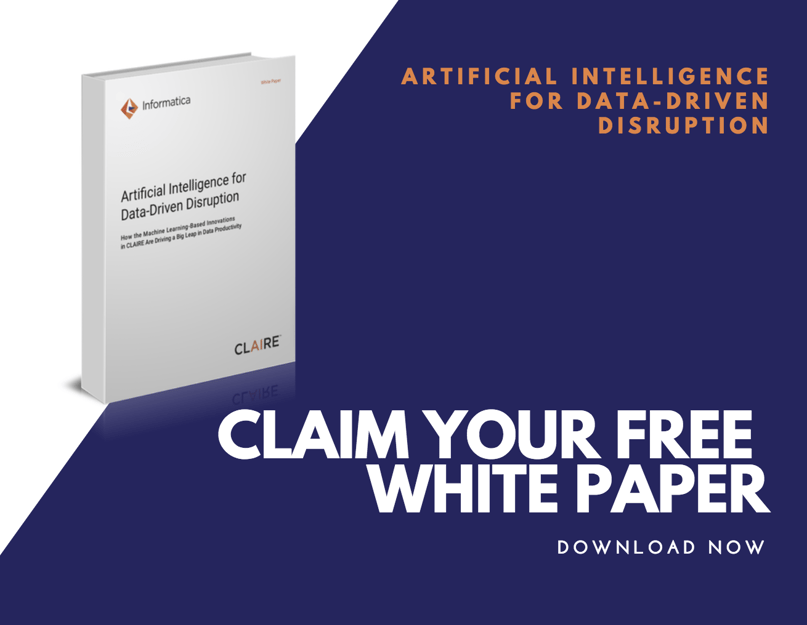
The hype around Artificial Intelligence (AI) has inevitably created a movement of overused and abused AI-related terminology. I don't want to be the terminology sheriff, but AI is an extraordinarily innovative way of using new computers. In order to take proper advantage of these new opportunities, we shouldn't pretend that everything fancy we do with computers is AI.
I'll use an article written a few months ago as an example. Without meaning to pick a fight with the author, as the article was well-written and demonstrated useful analytic usage at Coca-Cola, I am keen in assisting others in reaching a shared understanding of the article’s message in order to push the technology ball forward efficiently.
The author writes, "Coca-Cola is known to have plowed extensive research and development resources into artificial intelligence (AI) to ensure it is squeezing every drop of insight it can from the data it collects." The article goes on to give examples of the fruits of this AI research, however, most of the examples ARE NOT examples of Artificial Intelligence.
In the first example, they announced the decision to launch Cherry Sprite as a new flavor after the monitoring data collected from the latest generation of self-service soft drinks fountains. This collected data was able to show that the combination of Cherry flavor and Sprite was popular. But this is traditional data reporting, not AI. I could even accept this as an IoT or big data story, since the self-service soft drive kiosks could be considered "Things." However, artificial intelligence was NOT utilized to conclude that Cherry Sprite would be a popular drink.
The next example was the idea of giving the self-service Coca-Cola kiosks "virtual assistant" capabilities similar to Alexa and Siri. The vending machine would be able to remember user preferences and change its behavior depending on the location. For instance, be more excitable in a mall or entertainment complex, and more somber in a hospital. Perhaps this will involve AI, but in many ways it's mostly 'old-school' voice recognition combined with user and location recall. This isn't the best example of AI, and it's only in the drawing-board stage at present anyway.

Coca-Cola are also trialing augmented reality (AR) headsets for service technicians to get visual help from experts at remote locations. This will allow them to see what the on-site technicians are seeing and to help diagnose and solve technical problems. This example isn't necessarily AI either, as it seems to mostly be giving remote video access to what the junior technician is seeing.
Finally, in the last example, we hit the jackpot: using AI-driven image-recognition technology to spot when photographs or videos of its products or its competitors are uploaded to the internet and using algorithms to serve the best advertisements. Coca-cola has found that ads targeted this way have a 4x higher chance of being clicked on that other methods. Groovy.
AI, ML, and neural networks are new, distinctive approaches to using computers to solve problems they heretofore couldn't perform using traditional programming approaches. Many of us wish to push our professional skills forward, and having a common North Star understanding of where we want to head is essential to growing our skills efficiently.


Posted by PDI Marketing Team
Pacific Data Integrators Offers Unique Data Solutions Leveraging AI/ML, Large Language Models (Open AI: GPT-4, Meta: Llama2, Databricks: Dolly), Cloud, Data Management and Analytics Technologies, Helping Leading Organizations Solve Their Critical Business Challenges, Drive Data Driven Insights, Improve Decision-Making, and Achieve Business Objectives.




